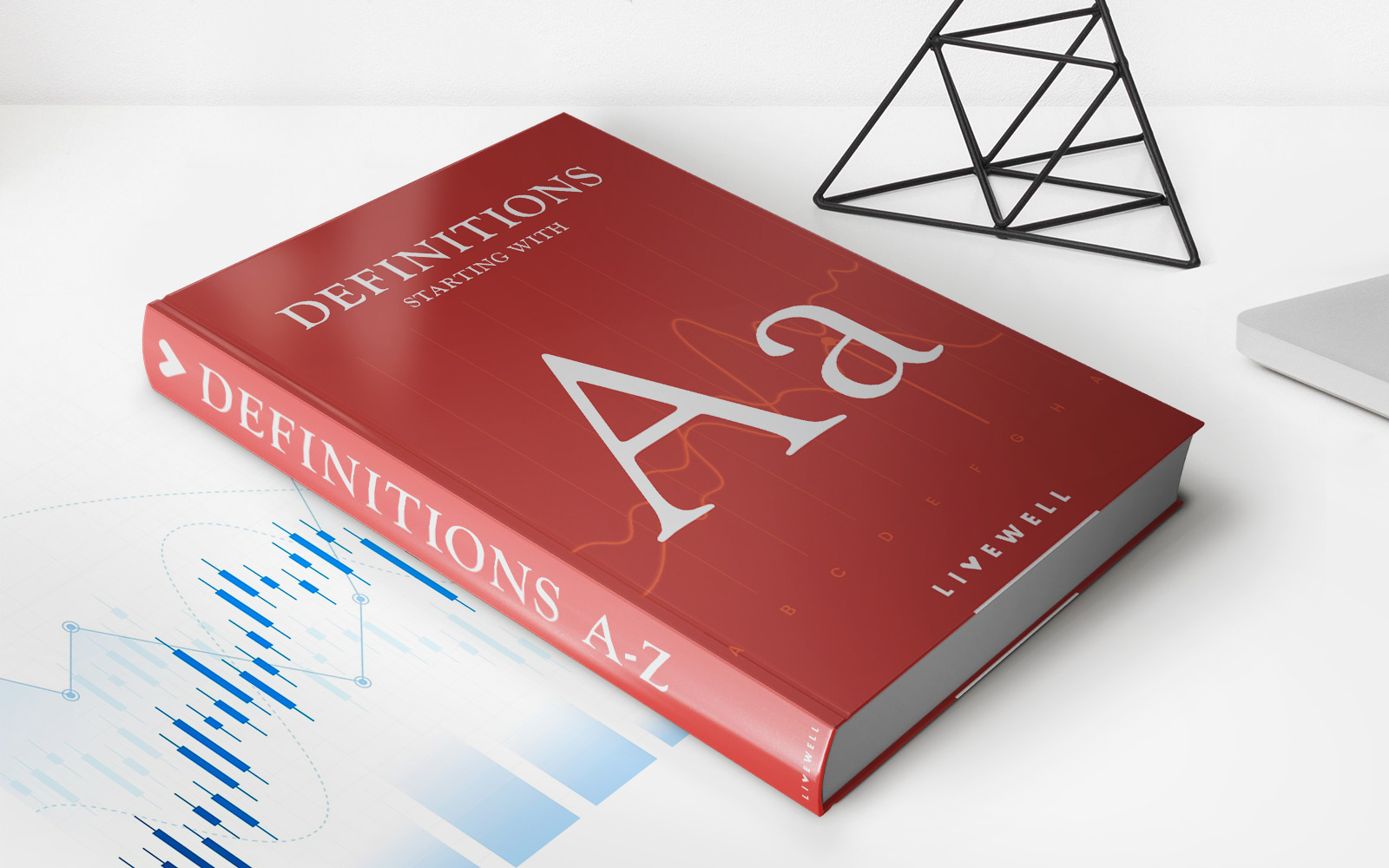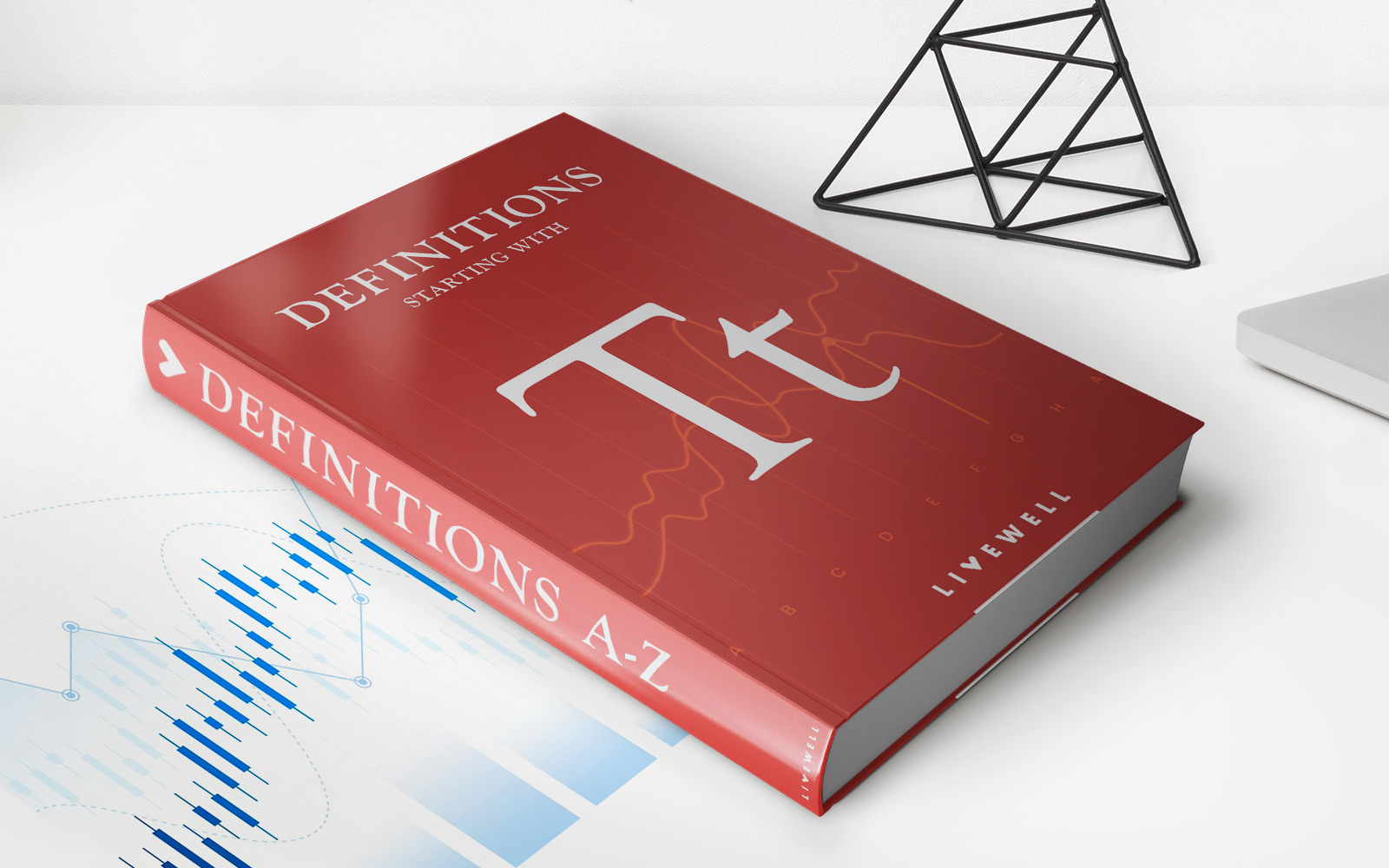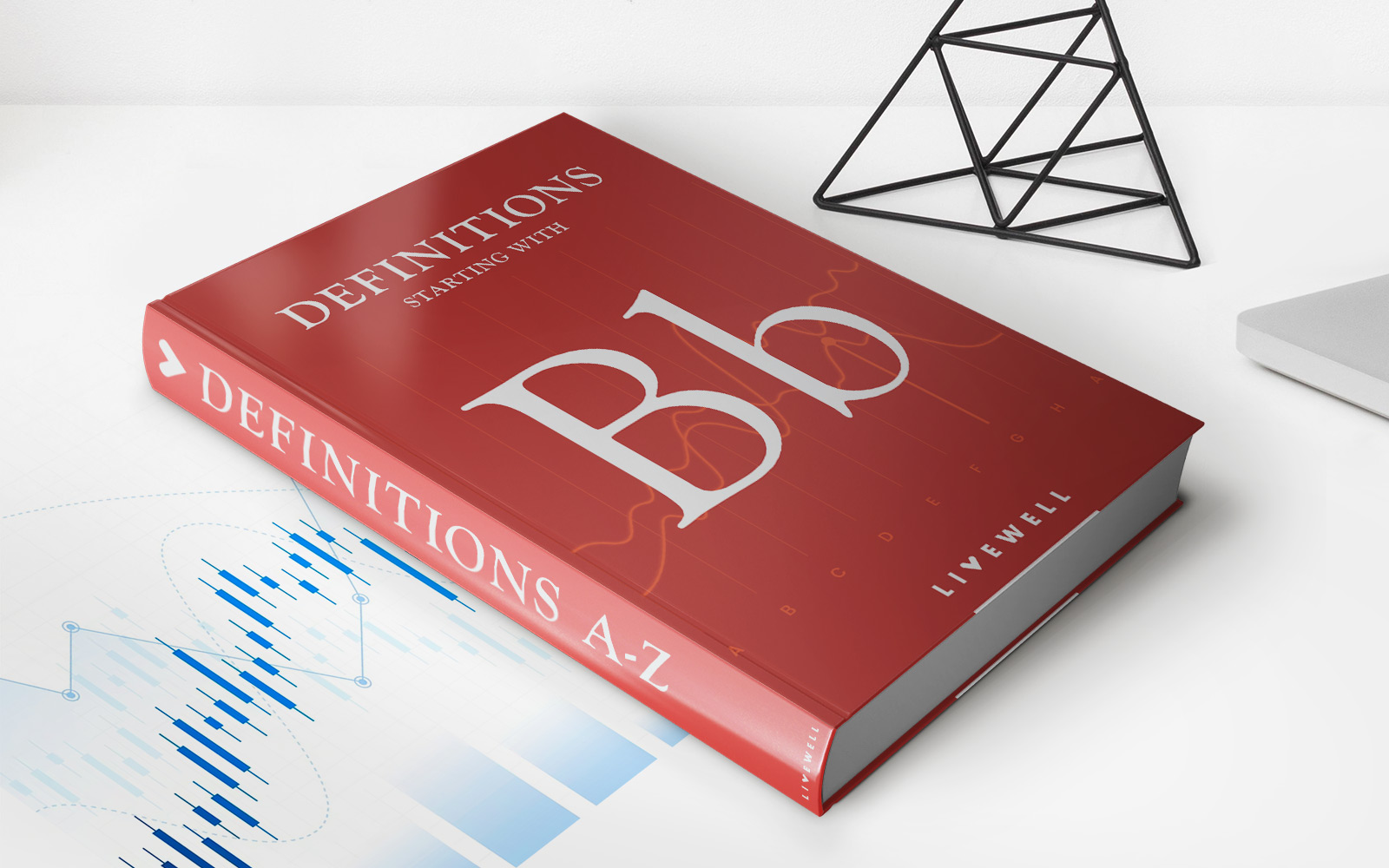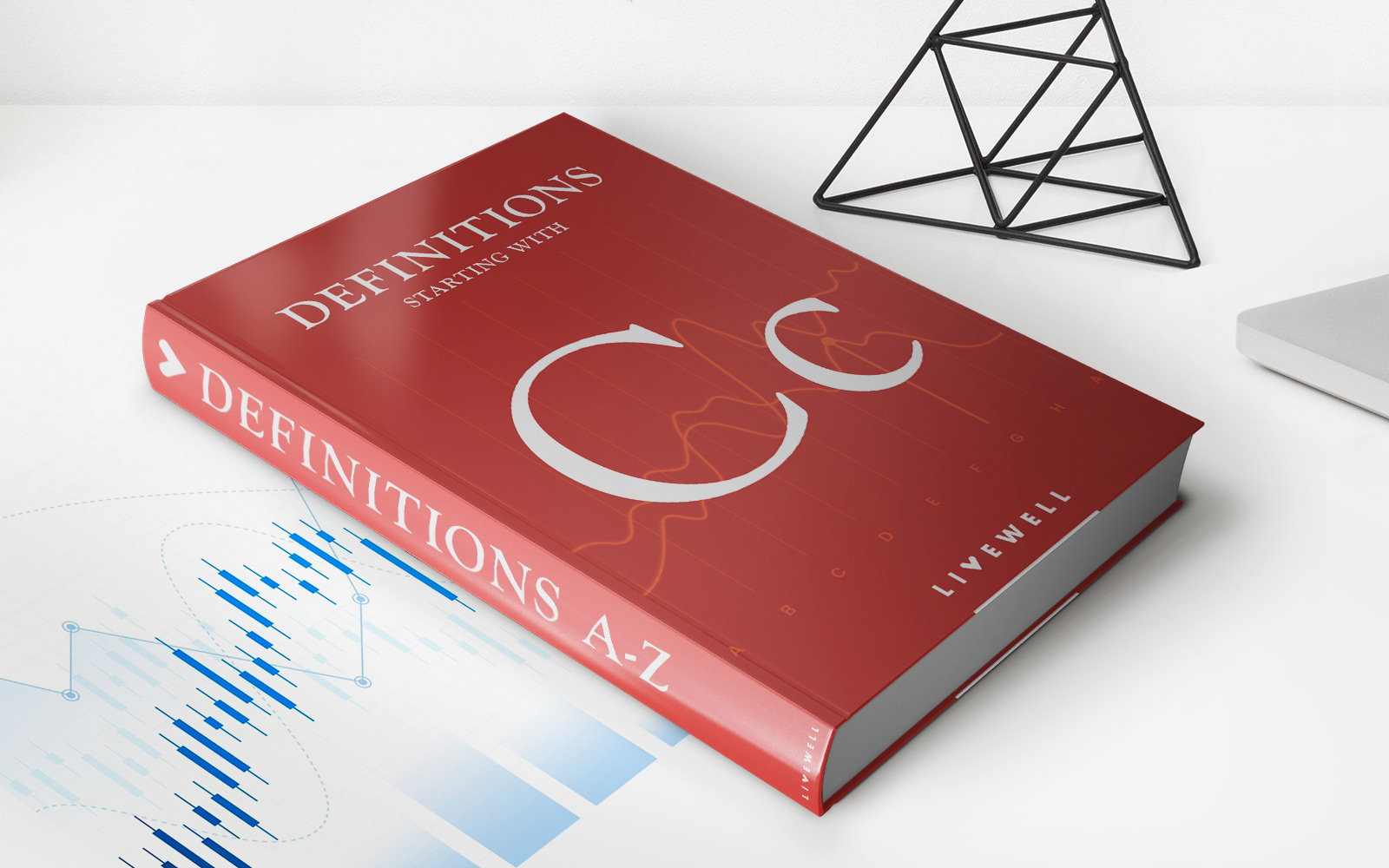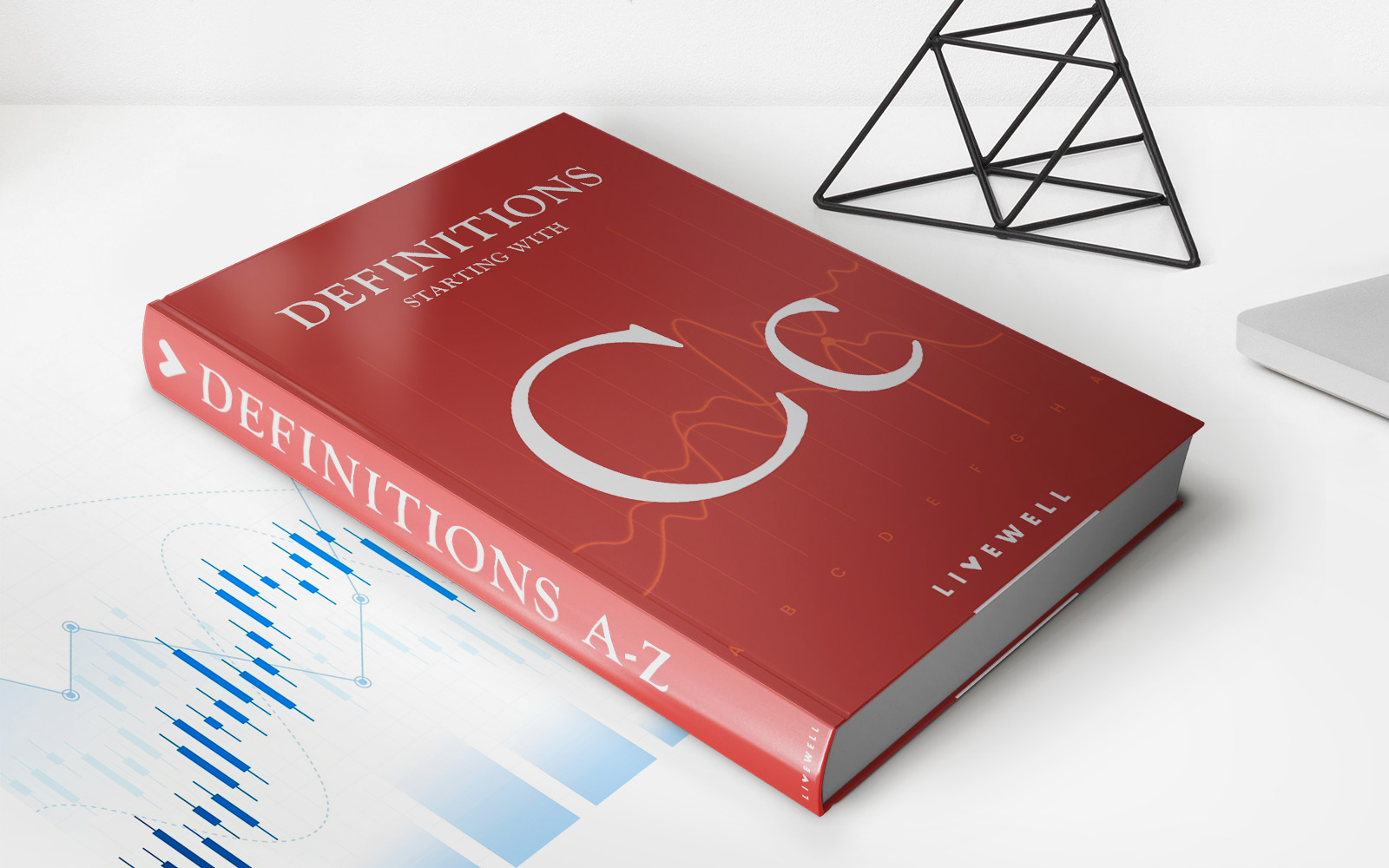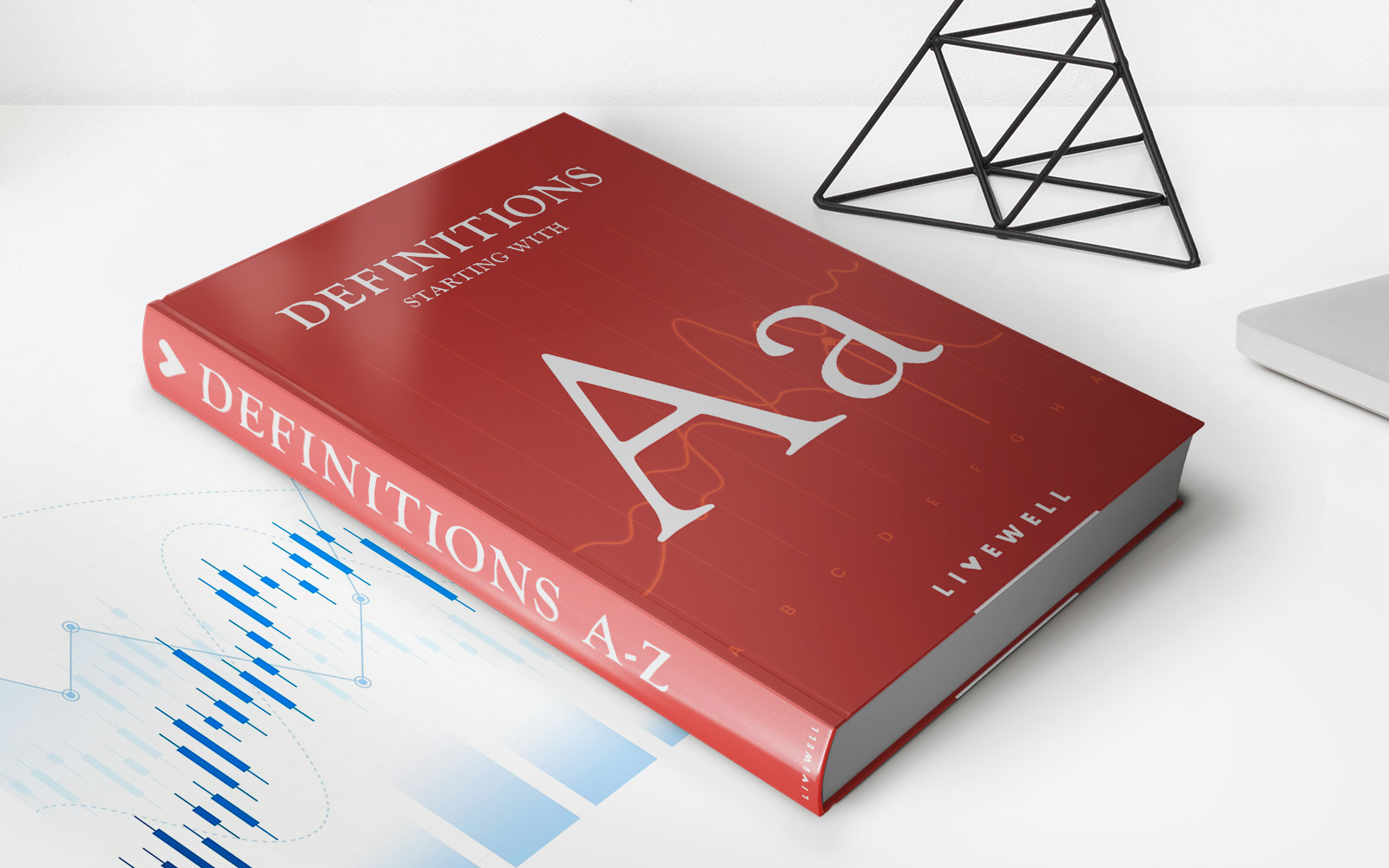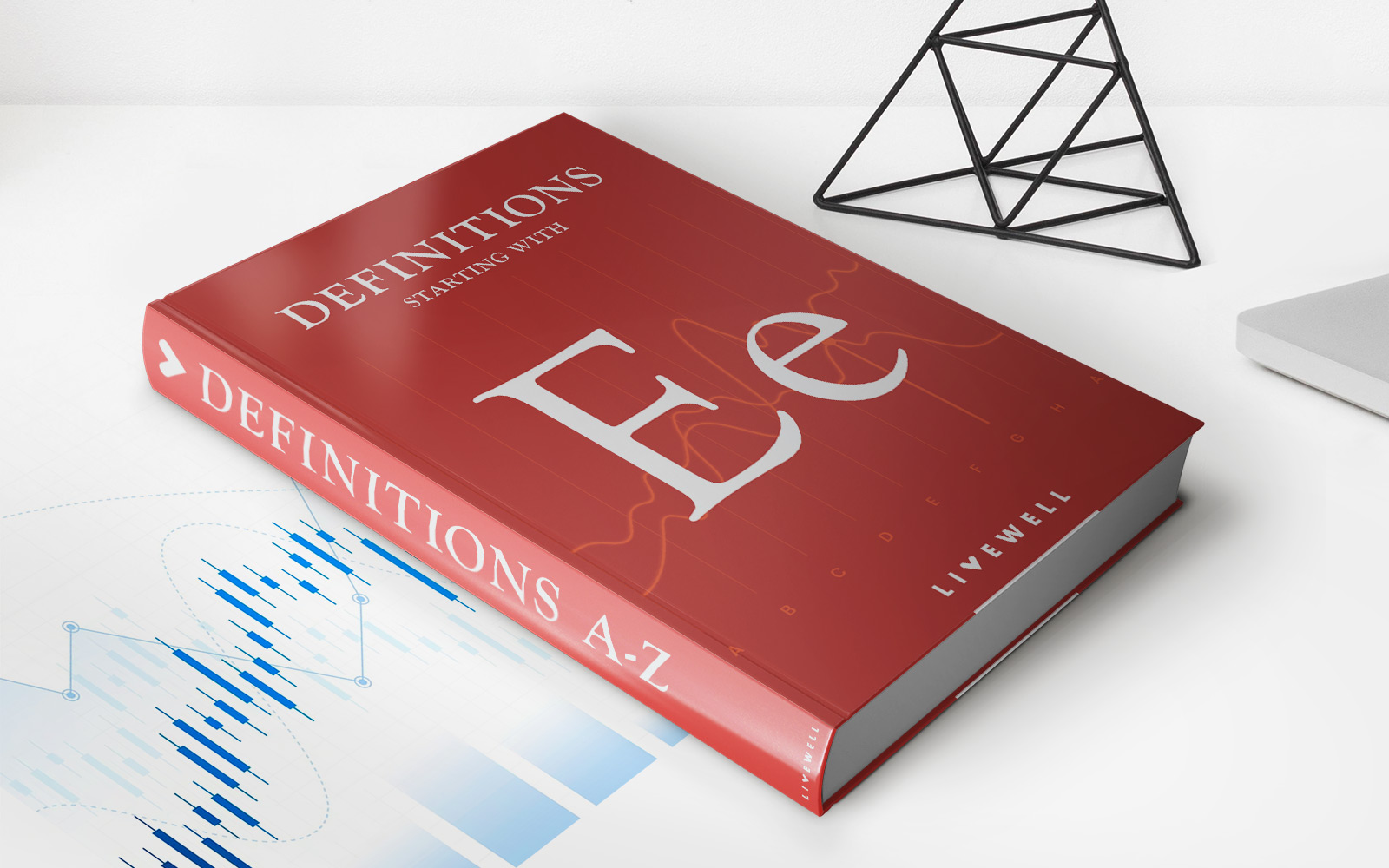Home>Finance>Capital Cost Allowance (CCA): Definition And How Deduction Works


Finance
Capital Cost Allowance (CCA): Definition And How Deduction Works
Published: October 22, 2023
Learn the ins and outs of Capital Cost Allowance (CCA) in finance. Explore its definition and discover how this deduction works to optimize your finances.
(Many of the links in this article redirect to a specific reviewed product. Your purchase of these products through affiliate links helps to generate commission for LiveWell, at no extra cost. Learn more)
Understanding Capital Cost Allowance (CCA)
When it comes to managing your finances, understanding the intricacies of various tax deductions can make a significant difference. One such deduction is the Capital Cost Allowance (CCA). In this blog post, we will explore the definition of CCA and how this deduction works to help you maximize your tax savings and optimize your financial planning.
Key Takeaways:
- Capital Cost Allowance (CCA) is a tax deduction that allows businesses and individuals to recover the cost of eligible capital assets over time.
- The CCA deduction is available for assets used to generate income, such as buildings, equipment, vehicles, and computer systems.
What is Capital Cost Allowance (CCA)?
Capital Cost Allowance is a tax provision that enables businesses and individuals to claim a portion of the cost of eligible capital assets each year over their useful lifespan. This deduction helps to mitigate the initial financial burden of investing in these assets by spreading the cost over several years.
Assets eligible for the CCA deduction include buildings, machinery, vehicles, computer systems, and other equipment used to generate income. It’s important to note that not all types of assets qualify for CCA, and there are specific rules and rates associated with each category.
How Does CCA Deduction Work?
The calculation of CCA deduction involves several factors, including the class of the asset, the original cost, any applicable half-year rule, and the CCA rate associated with the asset class. Let’s dive into these factors in more detail:
- Asset Class: Assets are categorized into different classes based on their intended use or nature. Each class has a specific CCA rate, which determines the percentage of the asset’s cost that can be deducted each year.
- Original Cost: The original cost of the asset includes the purchase price, any additional costs for installation, transportation, or other expenses directly related to making the asset operational.
- Half-Year Rule: Under the half-year rule, only half of the CCA deduction for the first year can be claimed, regardless of when the asset was actually acquired during the year.
- CCA Rate: Each asset class has an assigned CCA rate, which is determined by the Canada Revenue Agency (CRA) and may vary from year to year. The CCA rate is applied to the original cost of the asset, typically on a declining balance basis.
By applying these factors, individuals and businesses can calculate the annual CCA deduction to be claimed on their tax return. As the deduction reduces taxable income, it helps to lower the overall tax liability, providing significant savings.
Benefits of CCA Deduction
Optimizing the CCA deduction can yield several benefits, including:
- Tax Savings: By claiming the CCA deduction, businesses and individuals can reduce their taxable income, resulting in lower tax liability and increased overall savings.
- Cash Flow Management: CCA allows for the recovery of capital costs over time, thereby easing the initial burden of investing in assets and improving cash flow management.
- Encouraging Investment: The CCA deduction incentivizes businesses to invest in capital assets by providing tax relief, stimulating economic growth, and fostering innovation.
In Conclusion
Capital Cost Allowance (CCA) is a crucial tax provision that can help businesses and individuals recover the cost of eligible capital assets over time. By understanding how the deduction works and optimizing its benefits, you can make informed financial decisions and maximize your tax savings. Remember to consult with a tax professional or financial advisor to ensure you navigate the complexities of CCA in the most advantageous way.
